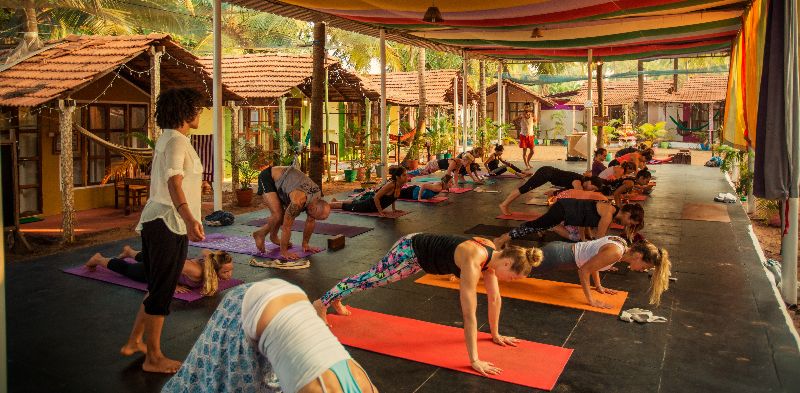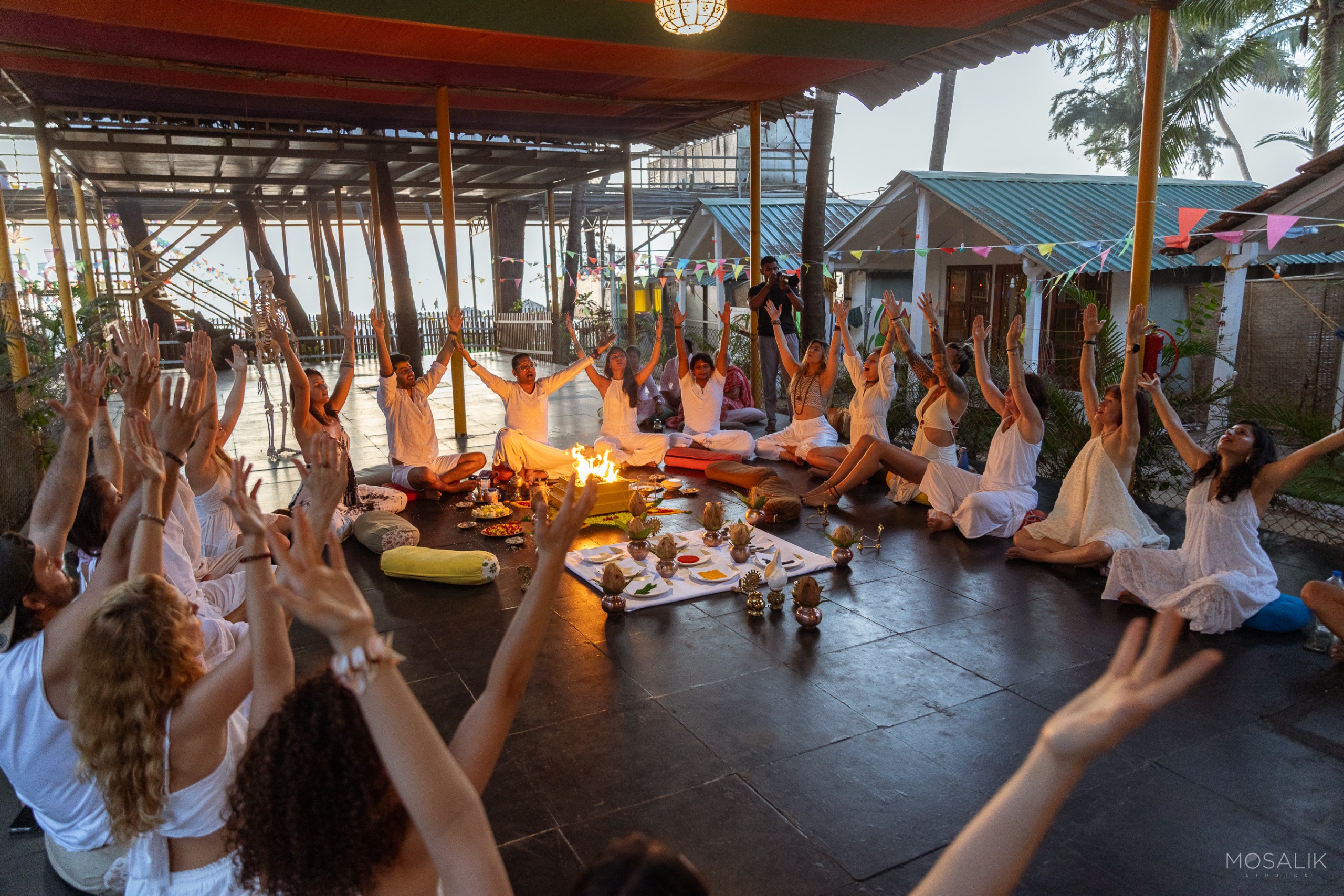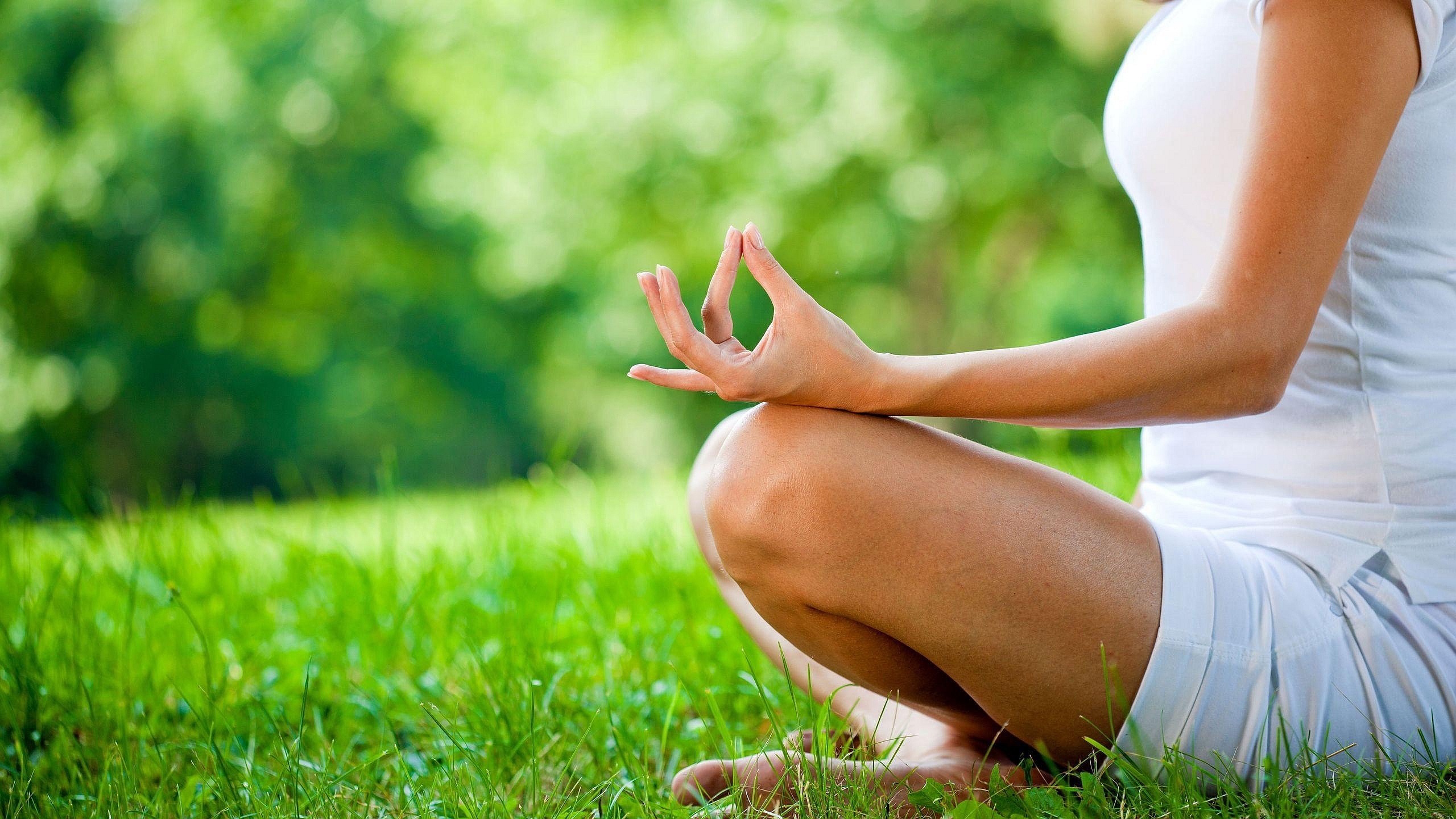What Is Iyengar Yoga?
Iyengar Yoga, Iyengar, is a style of yoga known for its emphasis on precision, alignment, and the use of props. This methodical approach aims to achieve optimal body alignment in each yoga pose, ensuring a safe and effective practice. Iyengar Yoga is characterized by prolonged holds in asanas (postures) and meticulous attention to anatomical details.
Where did Iyengar Yoga begin?
The journey of Iyengar Yoga began in the town of Bellur in Karnataka, India, where B.K.S. Iyengar was born in 1918. Introduced to yoga as a remedy for various health issues, Iyengar delved into the practice and later studied under the renowned yogi T. Krishnamacharya. Through years of dedicated practice and refinement, Iyengar developed his unique style, which he later spread globally through his teachings and writings.
Key Principles and Iyengar Yoga Practices
Iyengar Yoga is guided by several key principles that set it apart:
- Alignment: The precision of alignment is crucial in Iyengar Yoga. Practitioners focus on achieving correct body positioning to maximize the benefits of each asana.
- Prop Use: Props such as blocks, straps, and blankets are commonly used to support practitioners in attaining proper alignment and to adapt poses to individual needs.
- Timing and Sequencing: Asanas are held for longer durations in Iyengar Yoga, allowing for a deeper exploration and understanding of each pose. The sequencing of asanas is designed to gradually build strength and flexibility.
What is the Purpose of Iyengar Yoga?
The primary purpose of Iyengar Yoga is to achieve physical and mental well-being through precise alignment and mindful practice. This method aims to create a harmonious balance between body, mind, and spirit. Iyengar himself emphasized that the practice is not just about mastering poses but is a journey towards self-awareness and transformation.
Benefits Of Iyengar Yoga
Engaging in regular Iyengar Yoga practice provides a host of benefits:
- Improved Alignment: The focus on precise alignment helps correct imbalances in the body, promoting better posture and reducing the risk of injuries.
- Increased Flexibility: Prolonged holds in poses contribute to improved flexibility, particularly in areas often prone to stiffness.
- Enhanced Strength: Holding poses requires muscular engagement, leading to increased strength, particularly in the core and supporting muscles.
- Stress Relief: The mindfulness cultivated in Iyengar Yoga, combined with the emphasis on breath, contributes to stress reduction and mental relaxation.
Can beginners do Iyengar Yoga?
Absolutely! Iyengar Yoga is accessible to beginners, and its methodical approach makes it an excellent starting point for those new to yoga. Instructors often provide detailed guidance, and the use of props allows for modifications to suit individual needs. The emphasis on alignment and awareness makes it a safe and supportive practice for practitioners of all levels.
Is Iyengar Yoga for me?
Deciding if Iyengar Yoga is right for you depends on your preferences and goals. If you appreciate a practice that prioritizes precision, alignment, and a deep exploration of each pose, then Iyengar Yoga may be an ideal fit. It caters to those seeking a methodical and mindful approach to yoga, fostering not only physical strength and flexibility but also a profound sense of self-awareness and inner balance. Want to join yoga – Contact Now

Evolution of Iyengar Yoga
Iyengar Yoga, named after its founder B.K.S. Iyengar, is a distinctive and influential form of Hatha Yoga that places a strong emphasis on precision, alignment, and the use of props. The history of Iyengar Yoga is closely intertwined with the life and teachings of B.K.S. Iyengar, a visionary yogi who played a pivotal role in spreading yoga globally and adapting it to contemporary lifestyles.
B.K.S. Iyengar was born on December 14, 1918, in Bellur, Karnataka, India. His early life was marked by poverty, illness, and the loss of his father at a young age. In 1934, at the age of 16, Iyengar started practicing yoga under the guidance of his brother-in-law, the renowned yogi Sri Tirumalai Krishnamacharya. Iyengar’s health issues, including tuberculosis and typhoid fever, served as the initial motivation for his yoga practice, but it soon became a lifelong pursuit.
Under Krishnamacharya’s tutelage, Iyengar honed his skills and developed a deep understanding of yoga. However, his unique approach to the practice, characterized by meticulous attention to alignment and precision, began to evolve when he faced challenges in mastering certain yoga poses due to physical limitations. This led him to experiment with various props, such as belts, blocks, and blankets, to make the practice accessible to all individuals, regardless of their physical condition or level of flexibility.
In 1952, Iyengar gained international recognition when the violinist Yehudi Menuhin visited him in Pune, India. Menuhin, impressed by the transformative power of Iyengar’s yoga teachings, invited him to Switzerland. This marked the beginning of Iyengar’s global journey, introducing his unique approach to yoga to a Western audience. Over the years, Iyengar continued to travel extensively, conducting workshops, teacher training programs, and demonstrations around the world, earning him a reputation as a dedicated and inspiring teacher.
The publication of Iyengar’s book “Light on Yoga” in 1966 further solidified his position as a leading figure in the yoga community. The book, which includes detailed instructions and photographs of numerous yoga poses, became a bestseller and remains a classic reference for practitioners and teachers alike. “Light on Yoga” not only introduced Iyengar’s precise and systematic approach but also contributed significantly to the popularization of yoga in the West.
One of the defining characteristics of Iyengar Yoga is its meticulous attention to alignment and the use of props to assist practitioners in achieving correct postures. Iyengar believed that precise alignment not only promotes physical well-being but also enhances mental focus and spiritual awareness. Props such as belts, blocks, and bolsters are used to support students in maintaining proper alignment and experiencing the benefits of each pose, regardless of their physical abilities.
In addition to the emphasis on alignment, Iyengar Yoga incorporates a systematic and progressive approach to asana practice. Students typically begin with foundational poses and gradually progress to more advanced ones as they develop strength, flexibility, and awareness. The sequencing of poses is carefully designed to ensure a balanced and holistic practice.
Iyengar’s teachings also extend beyond the physical aspects of yoga to include pranayama (breath control) and meditation. He emphasized the importance of integrating these practices into the yoga journey, fostering a harmonious balance between body, breath, and mind. Iyengar Yoga classes often include a combination of asanas, pranayama, and meditation, providing students with a well-rounded and transformative experience.
As Iyengar Yoga gained popularity, B.K.S. Iyengar established the Ramamani Iyengar Memorial Yoga Institute (RIMYI) in Pune, India, in memory of his late wife. RIMYI serves as the international headquarters for Iyengar Yoga and is dedicated to preserving, promoting, and advancing the teachings of B.K.S. Iyengar. The institute conducts teacher training programs, workshops, and classes, attracting students from around the world who seek to deepen their understanding of Iyengar Yoga.
B.K.S. Iyengar’s impact on the world of yoga extends beyond his own practice and teaching. He trained a generation of skilled and dedicated teachers, known as Iyengar-certified instructors, who continue to propagate his teachings globally. The Iyengar Yoga certification process is rigorous, requiring instructors to undergo extensive training and assessment to ensure a high standard of proficiency and understanding of the method.
B.K.S. Iyengar continued to teach and inspire students until his passing on August 20, 2014, at the age of 95. His legacy lives on through the countless practitioners and teachers who have been influenced by his teachings. Today, Iyengar Yoga is practiced by people of all ages and backgrounds, and its principles have been integrated into various yoga styles and wellness programs.
The impact of Iyengar Yoga on the modern yoga landscape is profound, with its emphasis on precision, alignment, and accessibility resonating with practitioners seeking a disciplined and transformative yoga experience. The method’s adaptability and universality make it a valuable tool for individuals seeking not only physical well-being but also mental and spiritual growth. As B.K.S. Iyengar himself once said, “Yoga is a light that once lit will never dim. The better your practice, the brighter your flame.” The light of Iyengar Yoga continues to shine brightly, illuminating the path for countless seekers on their journey of self-discovery and well-being.



